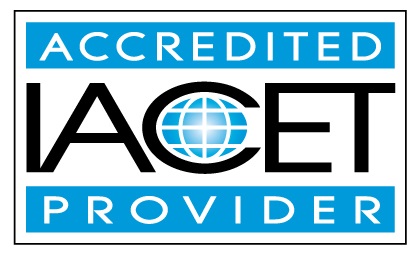Four wheelchair users were chosen as part of a group of 12 disabled “ambassadors” who took part in AstroAccess’ first suborbital parabolic research flight.
Sawyer Rosenstein, 27, is from Jupiter.
No, not that Jupiter. He’s a TV news producer from Jupiter, Florida, who also does a podcast called Talking Space and happens to be a T10-12 paraplegic since the age of 12. Not long after being injured, he went to a summer camp that runs simulated space missions for children. “I wasn’t really a huge space fan, but I thought it was interesting,” says Rosenstein. “So I went there for summer camp and became the camper that never left.”
His initial love of all things space eventually led him to cover NASA’s last space shuttle launch in 2011 as a member of the press. “That was it for me. I knew I wanted to do journalism and in particular, space journalism. That’s what started my career in both regular TV news journalism and covering space,” he says. From there, Rosenstein learned of AstroAccess, a project dedicated to promoting disability inclusion in space exploration, the first step toward the larger goal of flying a diverse range of people to space. In mid-Sept. 2021, he and three other wheelchair users were chosen as part of a group of 12 disabled “ambassadors” who took part in AstroAccess’ first suborbital parabolic research flight.
Read this article from New Mobility about Sawyer Rosenstein, a reporter from Jupiter, FL.

